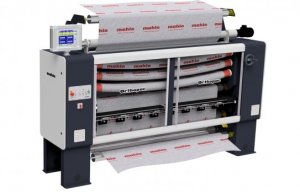
Mahlo at Febratex in Brazil
The development of the first automatic weft straightener put the company in the position of market leader.
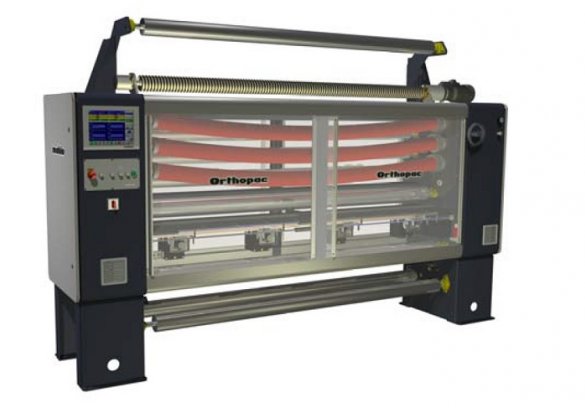
24th August 2017
Innovation in Textiles
|
Saal/Donau
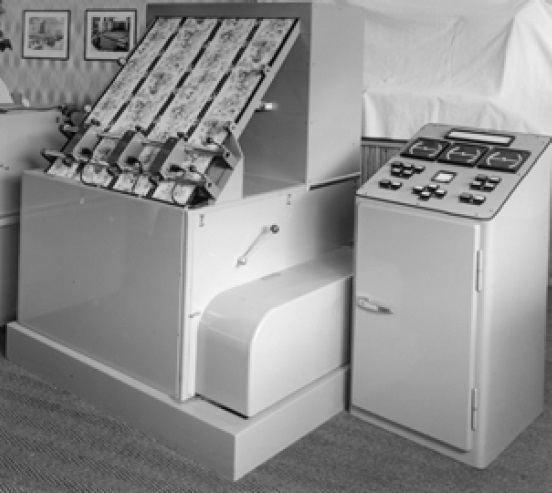 Family-owned company Mahlo has been celebrating its 72 birthday this month. The development of the first automatic weft straightener put the company in the position of market leader and today, Mahlo employs over 200 people and operates in more than 100 countries.
Family-owned company Mahlo has been celebrating its 72 birthday this month. The development of the first automatic weft straightener put the company in the position of market leader and today, Mahlo employs over 200 people and operates in more than 100 countries.
When Dr Mahlo founded his Dr Eng Heinz Mahlo Electromechanical Workshops after World War II ended, he and his team started to build and repair radios. Dr Mahlo quickly changed the company’s course by developing and producing the first electrical moisture meter for the textiles industry, named Textometer RMS, in 1948. Demands from a steadily growing customer base led to further developments of measurement and control systems.
Ten years later, Mahlo received a patent for the first fully automatic weft straightener. Dr Mahlo named his machine Orthomat FMC, introducing it for the first time at ITMA in Milan in 1959. The Orthomat recognised the weft thread position, no matter which type of fabric, pattern or speed. “The weft control system does not only display drafts: it makes sure that the goods are produced weft-straight,” the company reports.
To detect the drafts, Mahlo used a combination of sensors (called scanning heads) and a light source, between which the products run. Arranged on a rack support, Orthomat FMC’s scanning heads captured the position of the weft thread photoelectricly at various points. They scanned the light of the headlamps that shines through the fabric and whose intensity was modulated by the weft threads’ position, processed it for the control technology and submitted a signal to the downstream straightening machine.
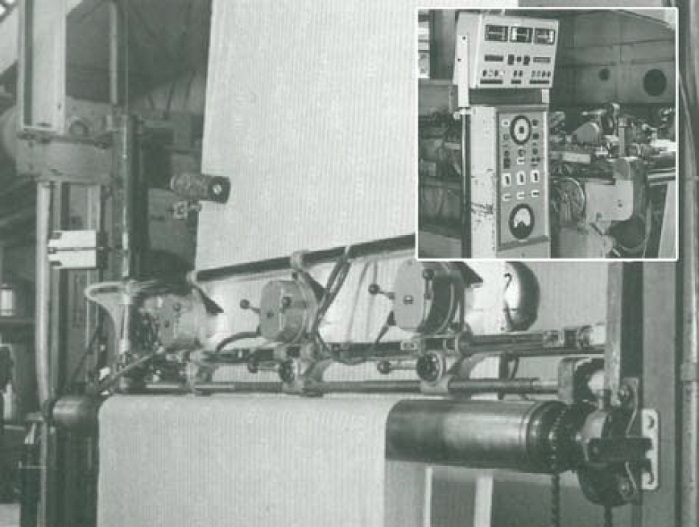
Thus, the system worked with so-called transmitted light. Three easily seen instruments displayed bow, skew or overlaid distortion with bars. Skew distortions were righted with cylindrical rollers, bow distortions with curved ones. By correcting the rollers, the on-line cloth had to cover different distances from one side to the other. With that, the distortion was corrected.
At the end of the 1950s, the electronic system was still run by electronic tubes – the same ones that were used for radios. In the 60s, transistors were the preferred format and in the 1970s those were replaced by integrated circuits. Mahlo used this system also for its next coup: in order to guarantee the best possible workflow between regulator and straightening machine, the manufacturer combined both systems in one machine.
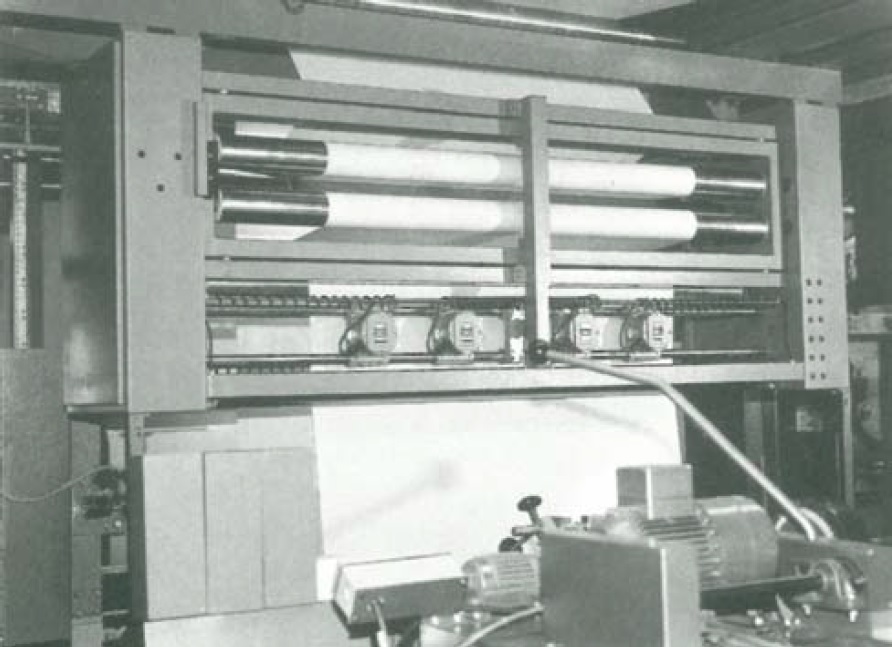
The Orthomat RFMC had the same principle, but it for the first time used oscillating scanning heads. This means that the cylindrical lens oscillates around its centre in an angle up to ± 45° when scanning the goods. If the lens is parallel to the weft thread, the signal modulation is the strongest. The more the direct axis of the lens wanders from the direction of the weft thread, the weaker is the modulation. The system analyses these changes and converts them in a distortion angle. The straightener uses this data to correct the distortion.
The Orthopac RVMC, in turn, was the first to combine the functionality of a weft straightener with that of a process control system in one compact device. Besides the draft, one could measure moisture, temperature, basis weight or width among other things.
In perfect timing for the company’s 70th anniversary, the new generation of weft straightener systems 15 was launched in 2015. The Orthopac RVMC-15 is equipped with digital scanning and state-of-the-art processor technology. It adapts the control automatically to different textiles.
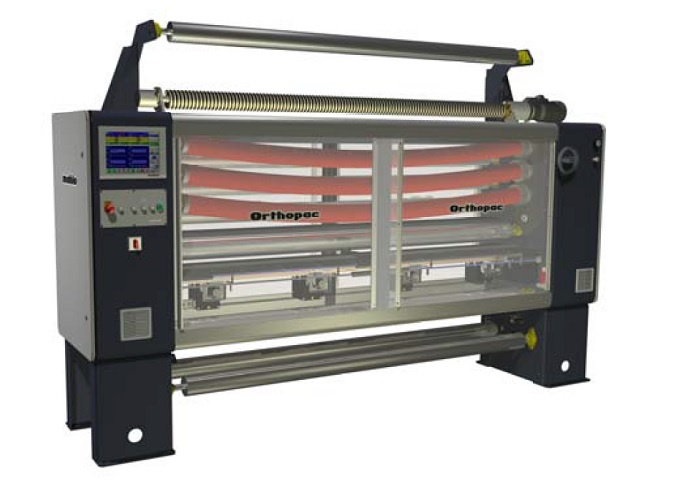
“In the process, Mahlo is steadily pushing the latest trends, for example the concept of Industry 4.0 – the vision of connected and interacting machines,” says the company. “The new generation of Mahlo straighteners, sensors and control circuits are arranged in a way that they can communicate not only with each other but also with alien systems. Thus, the user has access to his machines at any time and from everywhere.”

Business intelligence for the fibre, textiles and apparel industries: technologies, innovations, markets, investments, trade policy, sourcing, strategy...
Find out more